Scientists have found a way to trap and break down “forever chemicals” instead of just moving them elsewhere.
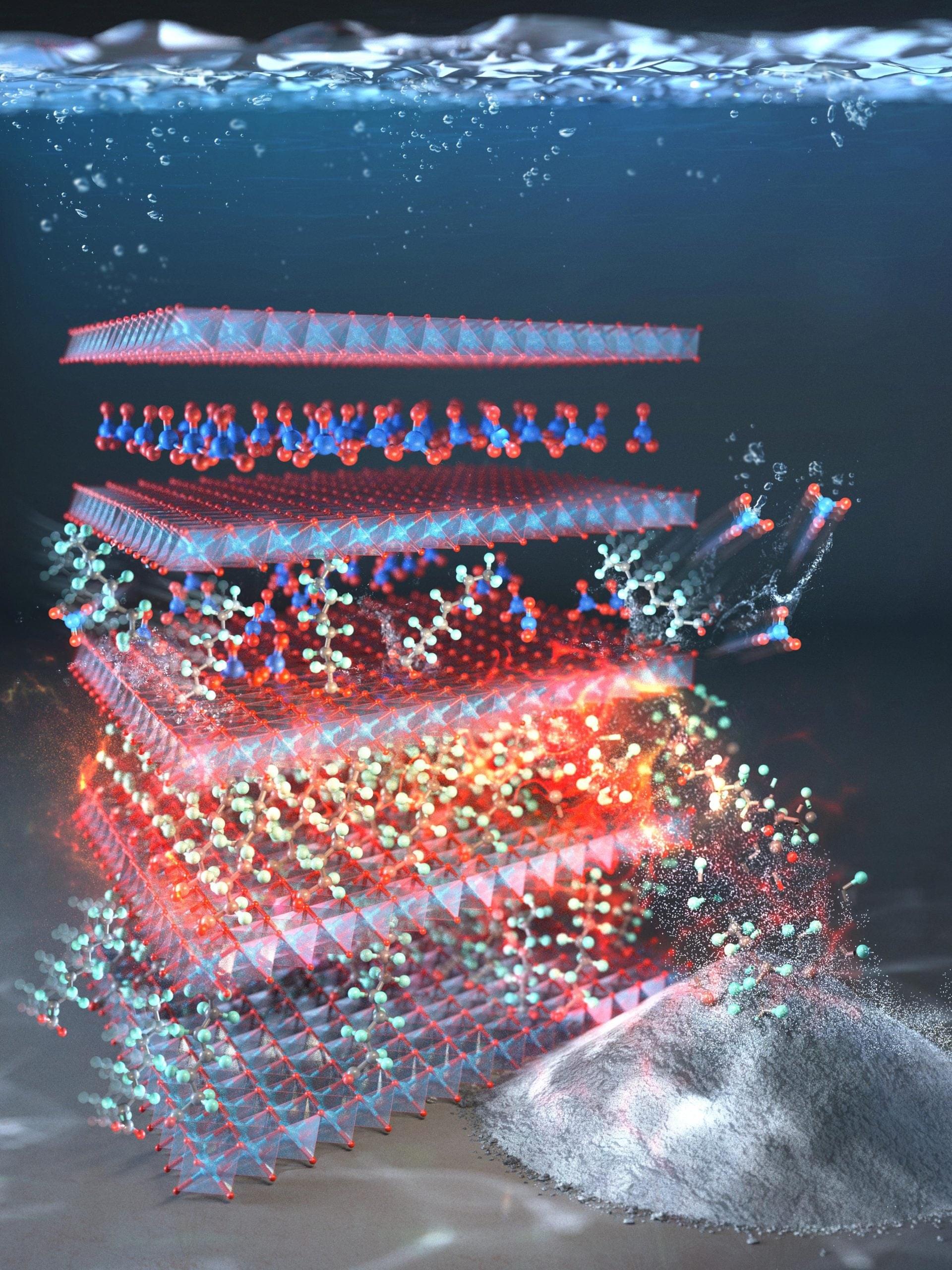

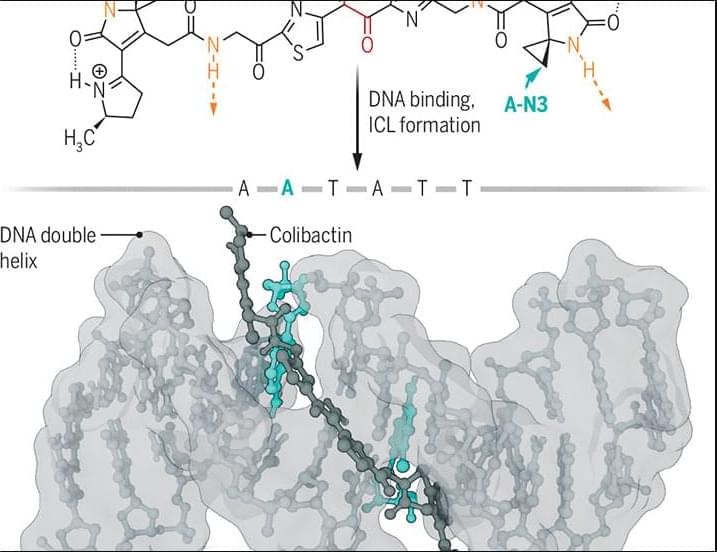
The relevance of the gut microbiome, the community of microorganisms living in the digestive tract, to human health is a topic of intense interest. However, among the numerous benevolent bacteria living in the gut, there are some species that are harmful to humans.
For example, certain strains of Escherichia coli produce the genotoxin colibactin, which causes DNA damage and is linked with colon cancer. However, the colibactin molecule is complex and unstable, which has made it challenging to elucidate its chemical structure and the mechanism by which it damages DNA. In the culmination of years of research from multiple laboratories, researchers in a new Science study reveal the structure of the active form of colibactin bound to DNA.
The findings go a long way toward explaining the mutation signatures associated with colibactin exposure and provide substantial insight into how colibactin contributes to colorectal carcinogenesis.
Learn more in a new Science Perspective.
The structure of the bacterial genotoxin colibactin bound to DNA shows how it might contribute to cancer risk.
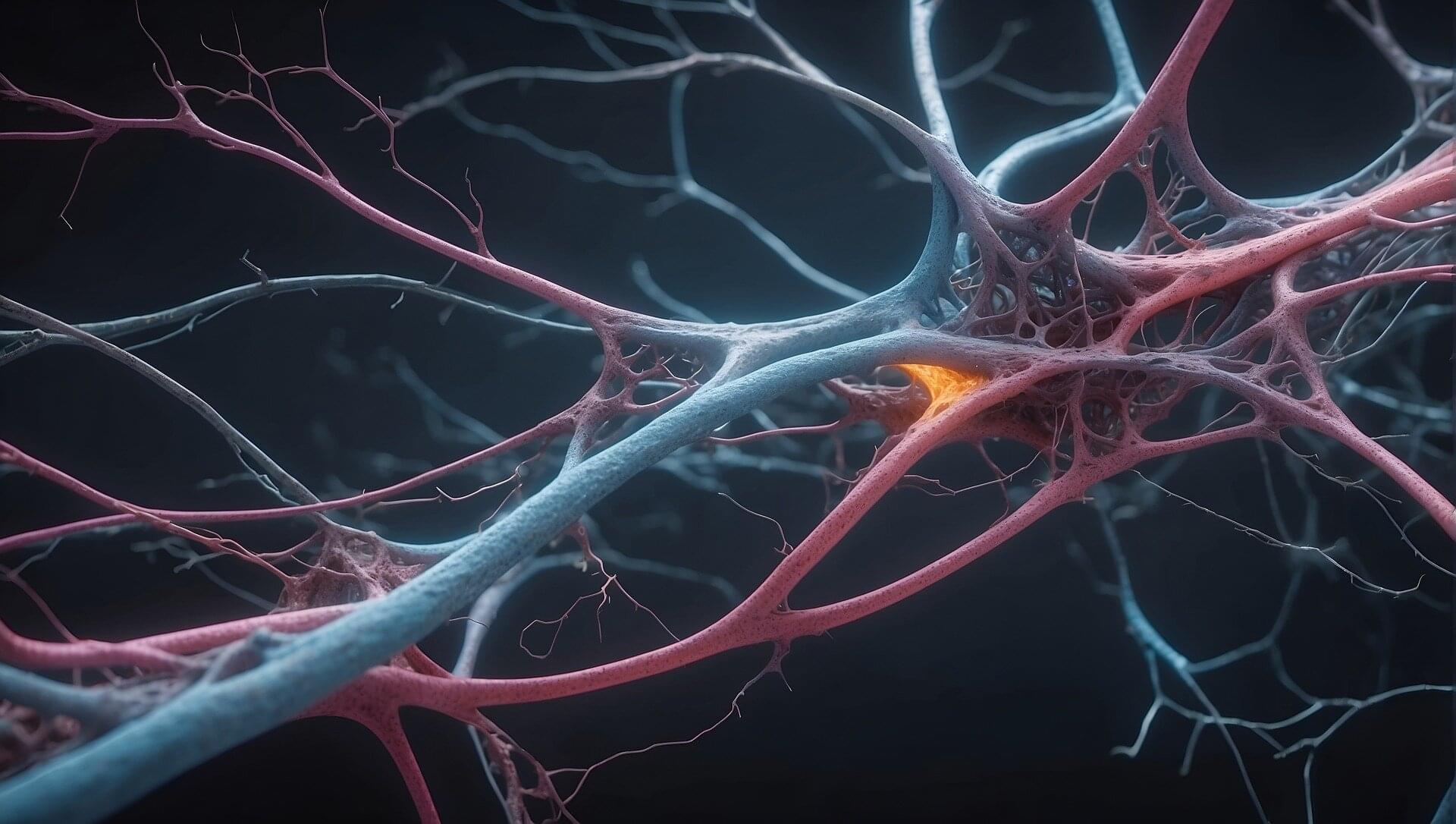
Researchers have unveiled a breakthrough technology that could transform the way scientists build and study lab-grown brain tissue models. The innovation, called Cellular RedOx Spreading Shield (CROSS), delivers long-lasting antioxidant protection to stem cells, enabling the reliable production of high-quality extracellular vesicles (EVs) that strengthen neuron-glia networks.
The study, published in the journal Advanced Functional Materials, was led by University of Illinois Urbana-Champaign chemical and biomolecular engineering professor Hyunjoon Kong and chemistry professor Hee Sun Han, and performed by Ryan Miller, currently a post-doctoral fellow at Georgia Tech.
Jonghwi Lee, in the chemical engineering department at Chung-Ang University in South Korea, and Young Jun Kim at the Korean Institute of Science and Technology–Europe, collaborated on the project.
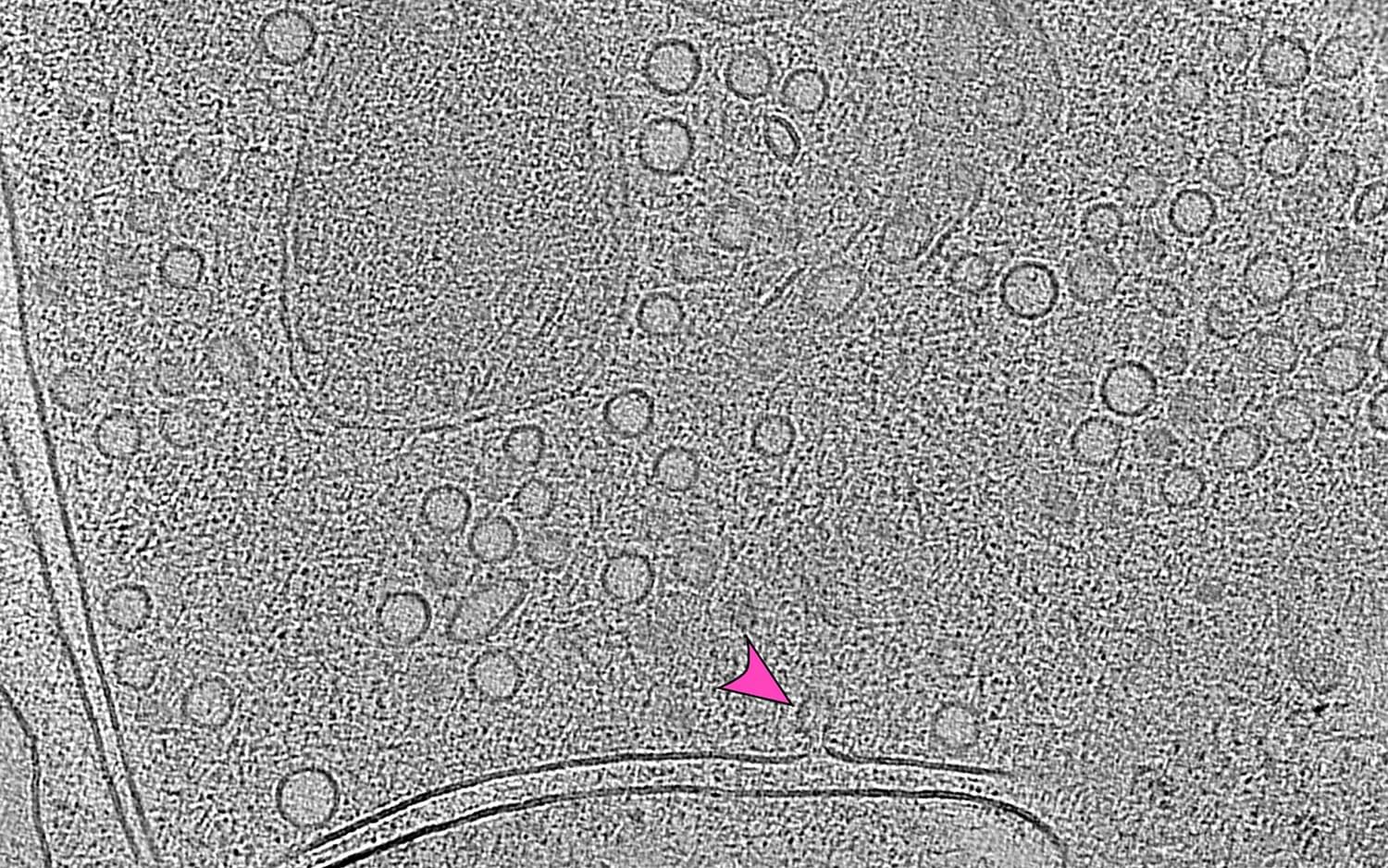
It takes just a few milliseconds: A vesicle, only a few nanometers in size and filled with neurotransmitters, approaches a cell membrane, fuses with it, and releases its chemical messengers into the synaptic cleft—making them available to bind to the next nerve cell.
A team led by Professor Christian Rosenmund of Charité—Universitätsmedizin Berlin has captured this critical moment of brain function in microscopic images. They describe their achievement in the journal Nature Communications.
The reality is Deamer and the psychedelics-inspired Damer may very well be right about the origin of life on Earth. They may never win over scientists like Nick Lane, an evolutionary biochemist at University College London, who argues life needed the singular mix of physics and chemistry in hydrothermal ocean vents to originate. As recently as 2024, Lane and chemist Joana C. Xavier of Imperial College London explained in Nature that the wet and dry cycles of hot springs, key to Deamer’s and Damer’s hypothesis, could not lead to “the network of hundreds of reactions that keeps all cells alive.”
However, biologist Jack Szostak, a Nobel laureate, whose lab at the University of Chicago focuses on the origin of life, told me it’s likely that life did begin in volcanically active regions or impact craters on Earth’s surface. “Deep sea hydrothermal vents are not a plausible site for the origin of life,” he said. “Geothermally active areas,” he added, “are attractive because they do provide the environmental fluctuations needed to drive the primordial cell cycle.” Synthetic biologist Kate Adamala, from the University of Minnesota, who builds artificial protocells to probe how life might have first taken shape, agreed. “I’m on Team Dave and Bruce,” she said.
Presented with either criticism or praise of his origin-of-life theory, Damer remained as sanguine as ever. “You’re never going to have a complete understanding of the origin of life on the early Earth, because we just can’t reproduce the exact conditions,” he said. Of course, he believed the hot springs hypothesis would stand the test of time.

In a review of previous studies, McMaster University researchers observe a stronger signal for psilocybin as a treatment for obsessive-compulsive disorder than cannabinoids.
Obsessive-compulsive disorder involves persistent, intrusive thoughts and repetitive mental or physical behaviors, and requires long-term treatment to alleviate symptoms. The ethology of the disorder appears complex, involving multiple biological pathways. Imbalances in central serotonin, dopamine, and glutamate activities are widely thought to play a causative role, placing neurochemistry at the center of many treatment strategies.
First-line treatment includes selective serotonin reuptake inhibitors and cognitive behavioral therapy using exposure and response prevention. Roughly 40–60% of patients remain unresponsive to psychotherapy or pharmacotherapy, alone or combined, placing many people in the category of treatment-resistant OCD.
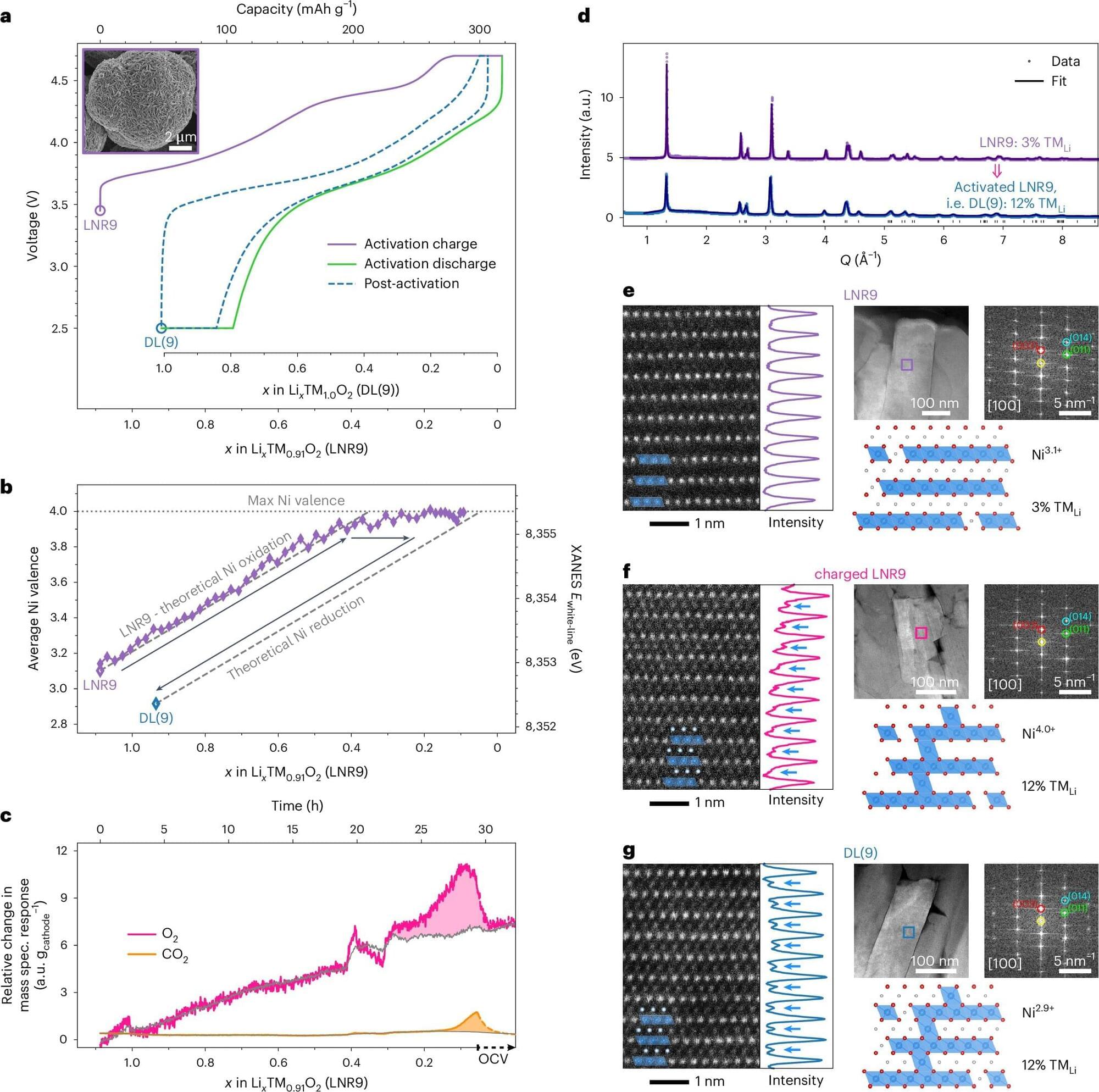
Lithium-ion batteries (LiBs) remain the most widely used rechargeable batteries worldwide, due to their light weight, high energy densities and their short charging times. Energy engineers have been trying to identify new materials and strategies that could help to further boost the energy stored by LiBs, while also extending their lifespan (i.e., the period for which they can be used reliably).
LiBs work by moving charged lithium atoms (i.e., ions) between a positive electrode (i.e., cathode) and a negative electrode (i.e., anode). When lithium ions enter and leave these materials, they can experience significant structural changes.
These changes include the sudden shrinkage of the spacing between the materials’ horizontal layers, which can be experimentally monitored through the crystal’s c-lattice parameter. This phenomenon, referred to as c-collapse, can deform the material, crack the particles and in turn shorten the life of batteries.
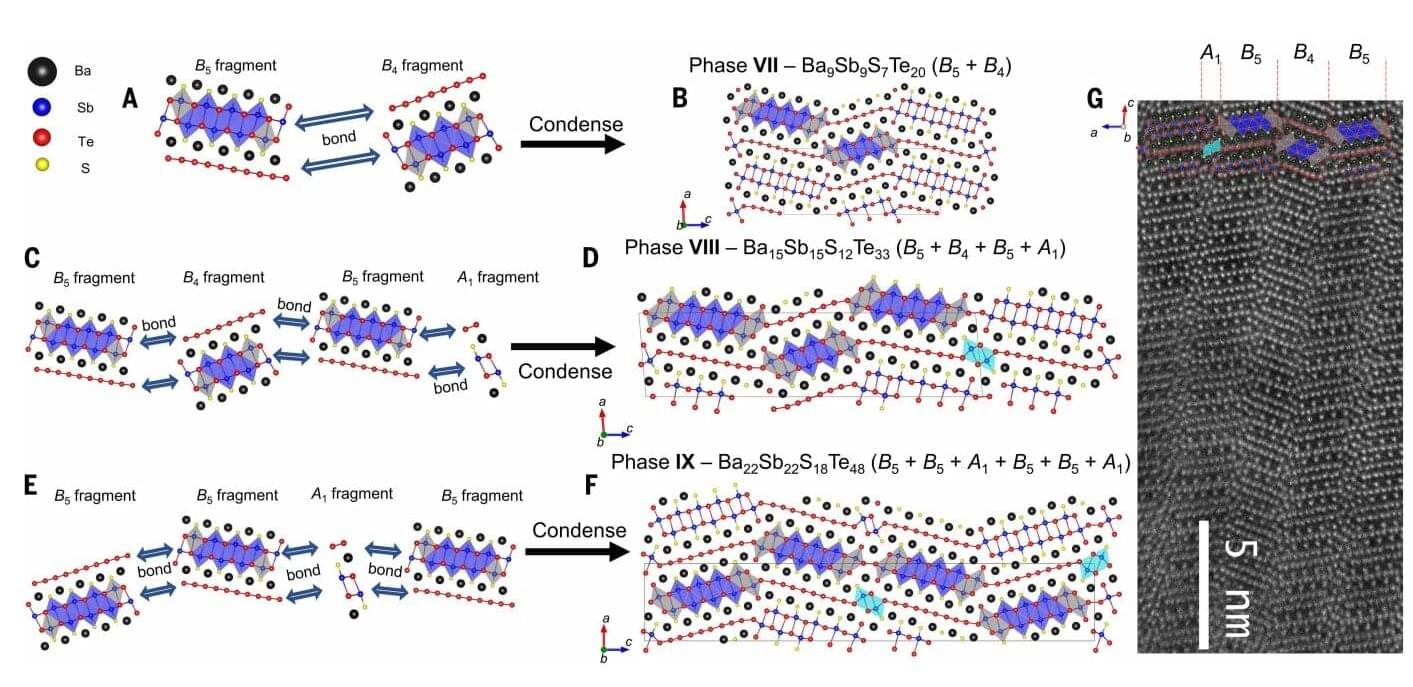
The ultimate goal of materials scientists is to design and create materials with precise structures and tailored properties. Predictive technologies have advanced significantly with the rise of AI, yet the delicate nature of chemistry, where even the smallest change can alter a material’s behavior, remains a challenge for building truly chemically intuitive frameworks.
In a recent study, a team of researchers from the US presented a homologous series of barium-based crystals, where the family of materials was built from the same molecular building blocks and capable of forming an infinite range of structures. The only differences among the versions are the size and the arrangement of the blocks, brought about by slight changes in the ratio of the two elements with different electron affinities.
What makes this set of materials unique is that knowing one member of a sequence allows you to predict the next. The researchers believe that understanding the relationship between small changes and a material’s overall chemistry can help improve AI frameworks for predicting and synthesizing new materials.

Explore the universe’s strangest possible life—boron creatures, sulfur beasts, crystal minds, ammonia swimmers, methane organisms, and more in this deep dive into alien chemistry.
Grab one of our new SFIA mugs and make your morning coffee a little more futuristic — available now on our Fourthwall store! https://isaac-arthur-shop.fourthwall… our Website: http://www.isaacarthur.net Join Nebula: https://go.nebula.tv/isaacarthur Support us on Patreon: / isaacarthur Support us on Subscribestar: https://www.subscribestar.com/isaac-a… Facebook Group:
/ 1,583,992,725,237,264 Reddit:
/ isaacarthur Twitter:
/ isaac_a_arthur on Twitter and RT our future content. SFIA Discord Server:
/ discord Credits: Strange Lifeforms: The Chemistry of Alien Worlds Written, Produced & Narrated by: Isaac Arthur Select imagery/video supplied by Getty Images Chapters 0:00 Intro 3:23What we’ll Explore 5:11 Boron Biochemistry 13:54 Ammonia Worlds 42:01 Sulfur Worlds 46:37 Silicon-Based Life 1:08:08 Phosphorus Life 1:17:25 Crystal Aliens 1:38:40Fluorine Life 1:45:56 Void Ecology 2:09:37 Methane Worlds 2:35:17 Closing Thoughts.
Visit our Website: http://www.isaacarthur.net.
Join Nebula: https://go.nebula.tv/isaacarthur.
Support us on Patreon: / isaacarthur.
Support us on Subscribestar: https://www.subscribestar.com/isaac-a…
Facebook Group: / 1583992725237264
Reddit: / isaacarthur.
Twitter: / isaac_a_arthur on Twitter and RT our future content.
SFIA Discord Server: / discord.
Credits:
Strange Lifeforms: The Chemistry of Alien Worlds.
Written, Produced & Narrated by: Isaac Arthur.
Select imagery/video supplied by Getty Images.
Chapters.
0:00 Intro.
3:23What we’ll Explore.
5:11 Boron Biochemistry.
13:54 Ammonia Worlds.
42:01 Sulfur Worlds.
46:37 Silicon-Based Life.
1:08:08 Phosphorus Life.
1:17:25 Crystal Aliens.
1:38:40Fluorine Life.
1:45:56 Void Ecology.
2:09:37 Methane Worlds.
2:35:17 Closing Thoughts